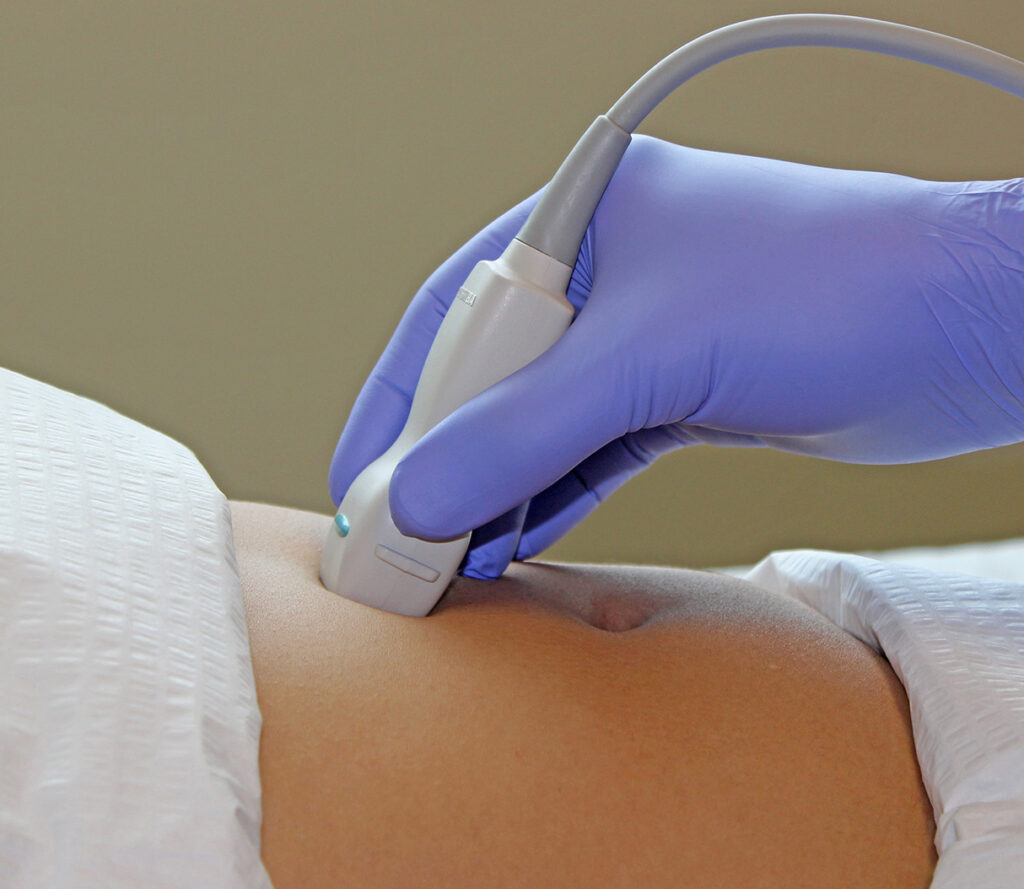
Most abdominal aortic aneurysms (AAAs) are asymptomatic,
not detectable on physical examination, and silent. Tobacco use, hypertension, a family history of AAA, and the male sex are clinical risk factors for the development of an aneurysm. Ultrasound, the preferred method of screening, is cost-effective in high-risk patients. Rupture of an AAA involves complete loss of aortic wall integrity and is a surgical emergency requiring immediate repair.
- With an aging population, the incidence and prevalence of AAA is certain to rise. Most AAAs are asymptomatic, and physical examination lacks sensitivity for detecting an aneurysm.
- It is important that physicians understand which patients are at risk for the development of AAA, and provide appropriate evaluation and treatment once a patient has been diagnosed with an aneurysm.













